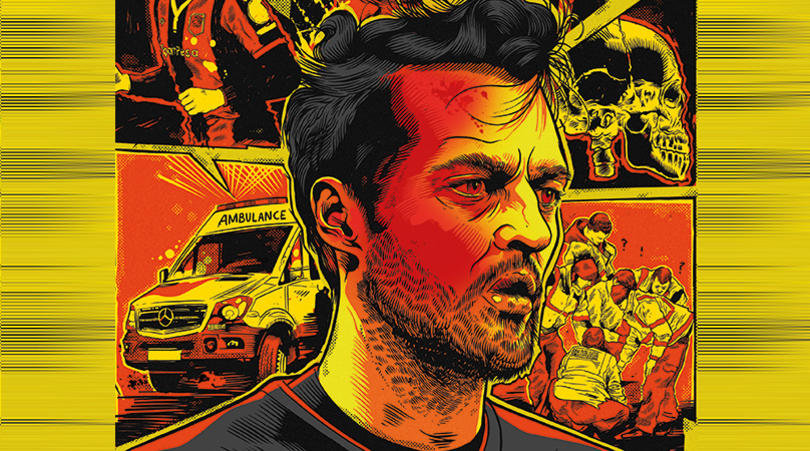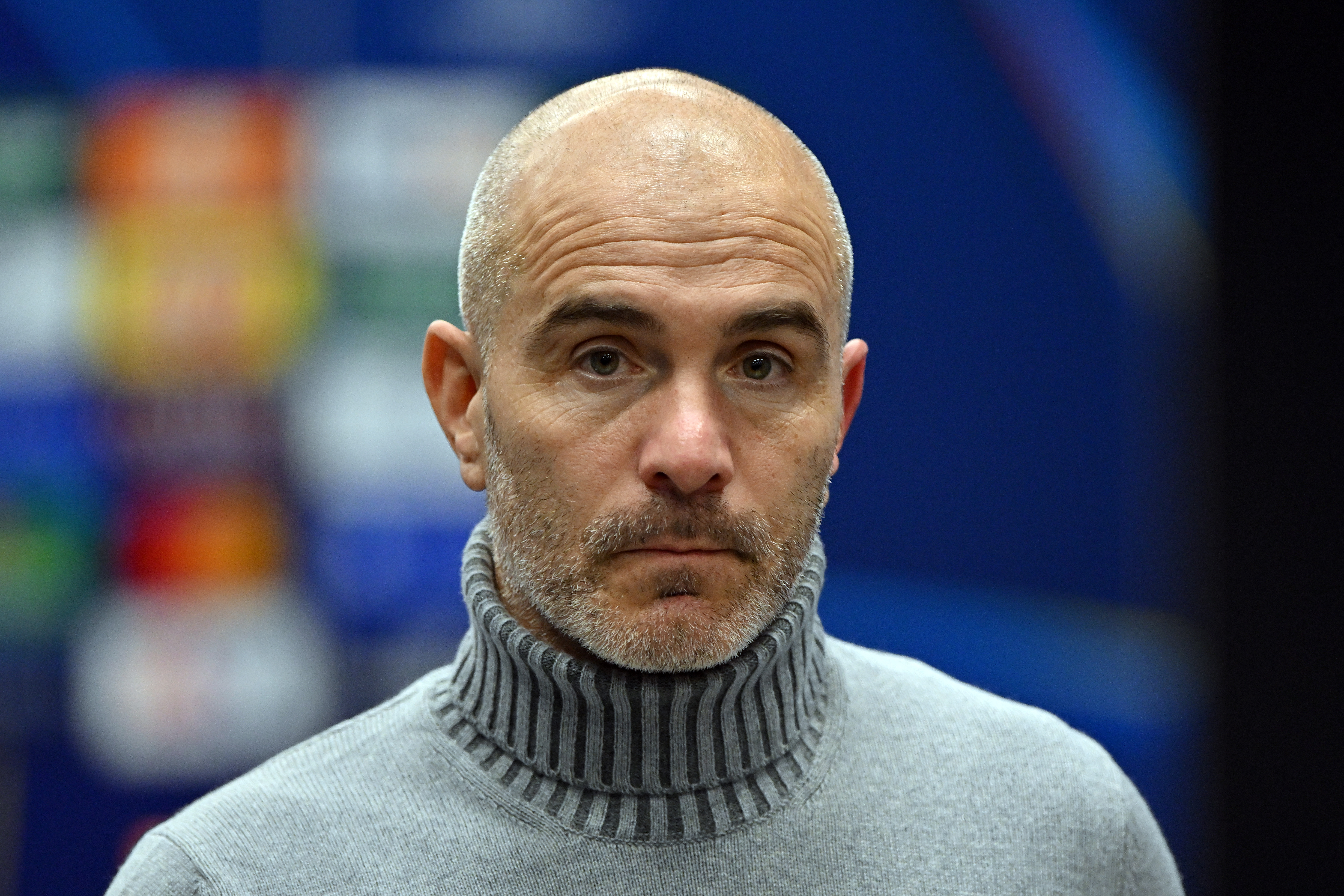Why sleep is football’s most staggering performance-enhancer – that nobody's talking about
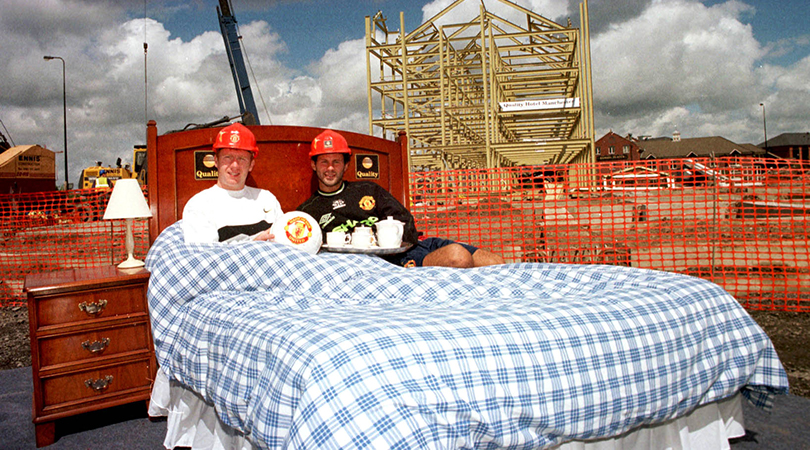
There was a time when sleep was just the thing superstar footballers squeezed in between boozy nights down the pub and turning up to training the next morning. As George Best quipped: “I’ve stopped drinking, but only while I’m asleep.”
But that all changed when a letter from a Slumberland salesman landed on Alex Ferguson’s desk in the mid-90s. Nick Littlehales asked if the Manchester United manager had thought about the impact a good night’s kip could have on the performance of his players. Intrigued, Fergie invited Littlehales to The Cliff to deliver a presentation to him and his squad.
Gary Pallister listened with particular interest. His back was in such a state that seats had been removed from the team coach so he could lie on a mattress en route to away matches. Littlehales, determined to get to the bottom of Pally’s pain, paid a visit to the defender’s home, where he discovered that the United star had been sleeping on a rock-hard Bensons mattress. He swiftly swapped it for something a little softer on Pallister’s 6ft 4in frame, and also provided him with suitable pillows to keep his posture aligned while he slept.
Littlehales immediately had a raft of new customers. Within weeks, he'd kitted out the houses of Ferguson and Ryan Giggs with similar snooze-improving setups. Word spread throughout football, and soon he was sending a Transit van full of suitable duvets and pillows to a hotel in France to help David Beckham & Co. sleep more soundly during England’s 1998 World Cup campaign. Newspapers got wind of Littlehales’ work, and overnight he became football’s first sleep coach – all while still flogging mattresses from an office in Oldham.
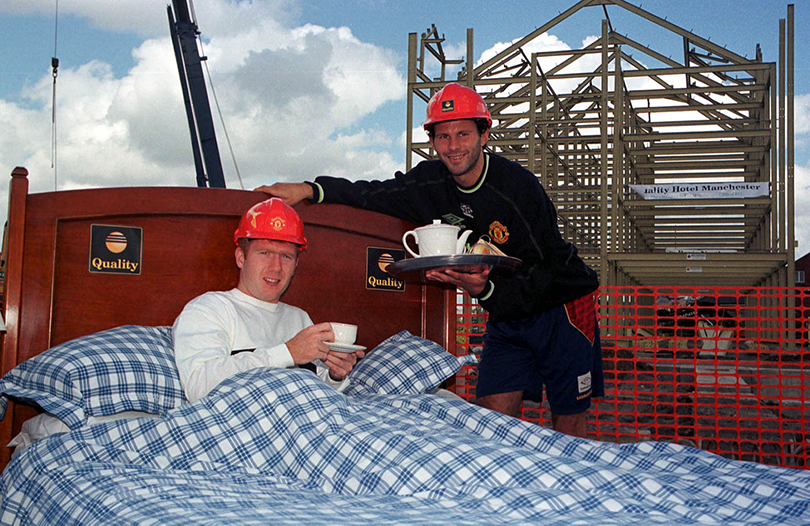
Alarm bells
Having put his long-held ambition to open a furniture shop on hold, Littlehales set off travelling the world to educate some of the world’s biggest sports teams on the impact of sleep on performance. A talk at Arsenal captivated Thierry Henry and Gunners physio Gary Lewin, who put in a good word with England manager Sven-Goran Eriksson.
Before long, Littlehales was inspecting every bedroom at England’s Euro 2004 training base in Lisbon and creating individual sleep profiles for each player, finding out everything about their lifestyle, diet and bedtime routine, and advising them accordingly. His reputation grew, and a similar gig with Team GB’s cycling team followed.
The best features, fun and footballing quizzes, straight to your inbox every week.
These days, the game’s top sides are well aware of the crucial edge their players can gain by getting the best sleep possible. Real Madrid, Manchester City, Liverpool and Tottenham have all sought advice from Littlehales and a growing number of experts in the science of sleep, while Southampton, Bournemouth and Brentford are using the latest wearable tech to monitor and improve their players’ rest.
In American sports, where teams often travel through multiple time zones for fixtures, getting adequate shut-eye is essential. In 2016, Cheri Mah, who specialises in sleep and performance in NBA, NFL and MLB stars, was recruited by ESPN to work on their ‘Schedule Alert’ project. She created a sleep formula to predict when NBA teams would lose, dependent on how far they had to travel between games. She identified 42 matches in which she believed clubs were at risk of fatigue-related defeat, and correctly predicted the outcome of 29. The next season, her hit rate was a staggering 42 from 54.
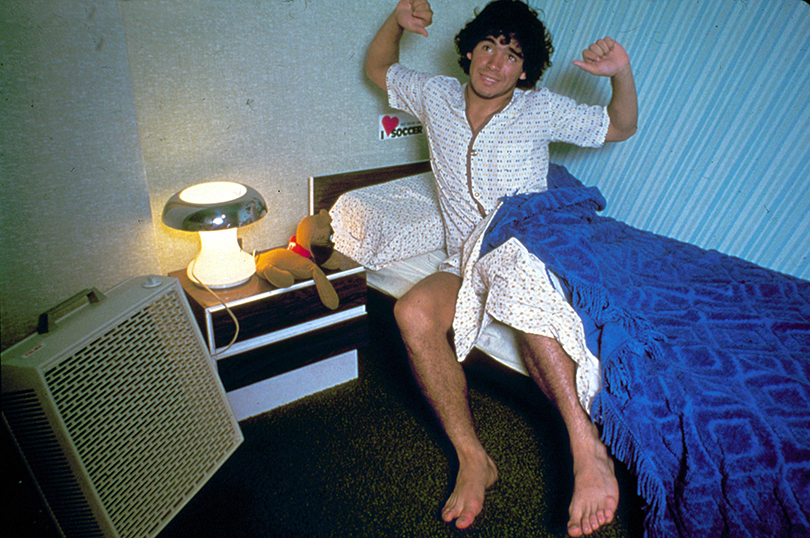
Five years earlier, Mah had conducted a groundbreaking study on a team of college basketball players at Stanford University. It revealed that those who had upped their sleep by an average of 110 minutes, so they slept for 8-10 hours per night, boosted their shot accuracy by nine per cent and improved their time on a 282-foot sprint drill by 0.7 seconds. It was an improvement in performance comparable with the effects of doping – except it was legal.
The results sent ripples across the Atlantic. Inside Southampton’s renowned Black Box – the room where staff dig through mountains of data to inform decisions made on everything from managerial and player recruitment to gym regimes – the club’s head of sports science, Alek Gross, got to work.
At the behest of gaffer Mauricio Pochettino, he uncovered further research finding that just a single night of bad sleep was enough to weaken a player’s immune system and increase the risk of injury. Sleep deprivation lasting beyond 64 hours reduced strength and power and also impaired balance, enhancing the chance of sprains. A rise in the hormone cortisol, prompted by a lack of sleep, could even cause the body to begin eating into its own muscle stores and heighten the possibility of strains and tears.
Time to act
The alarming findings offered a tantalising opportunity to improve performance, backed up not by mattress sales spin but by science.
Every morning, each Saints player has to rate their previous night’s sleep out of 10, using an app’s wellbeing questionnaire. If their rating keeps falling below a safe threshold, staff monitor them with wearable tech. Players also have a list of prohibited foods and drinks that they are warned against consuming in the evening. Caffeine and sugary liquids are off the menu, as are fat-laden meals, which take longer to digest and raise body temperature, slowing the process of falling asleep. All players are given a milk-based protein drink to aid recovery and induce sleepiness.
“Some players have individual sleep kits to help them during the week, including a duvet and pillow of a specific thickness, and blackout curtains if they need them,” says Gross.
Fatigue was a major concern for Mexico’s World Cup coach, Juan Carlos Osorio. The majority of his squad had to travel 6,200 miles from Mexico to their Russian base, before flying a combined 3,554 miles for their group games in Moscow, Rostov and Yekaterinburg. He spoke to Ferguson, who introduced him to Manchester United sports scientist Robin Thorpe, and together they plotted a sleep regime.
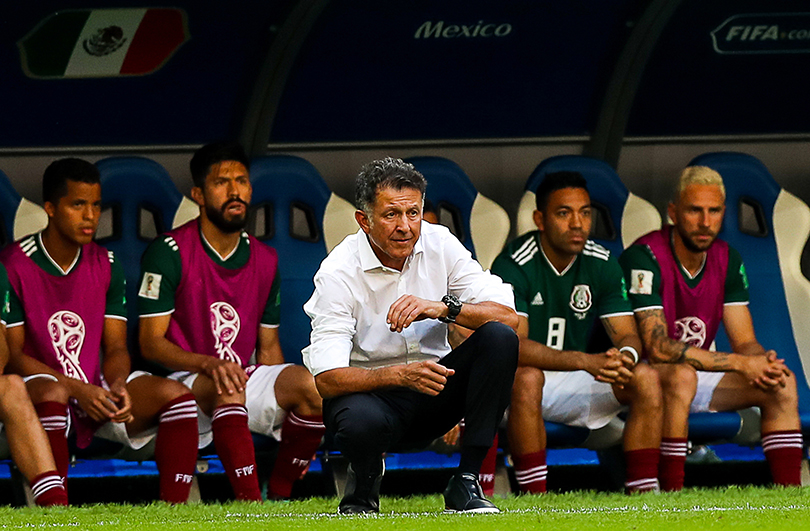
Bespoke mattresses for each player were flown to Russia, and the bedrooms were set at a comfortable 18 degrees to help players drift off. Their training schedule was adapted to cater for ideal sleeping times, while players were advised not to use their mobile phones less than an hour before bed. The blue light emitted from such devices can prevent the production of a hormone called melatonin, essential for entering deep sleep and recovery. A post-game cherry-based drink was introduced for its sleep-inducing properties.
Mexico’s squad bought into the approach. Indeed, their 38-year-old captain, Rafael Marquez, emerged from the team’s hotel before 10pm on the eve of their group-stage clash with South Korea to ask their rowdy fans to keep the noise down so that they could get some sleep. Hundreds of fans had gathered to sing, chant and hail their heroes, with a mariachi band playing classic Mexican ballads. Getting an early night paid off: El Tri won the game 2-1 and eventually finished ahead of Germany in Group F.
The likes of Marquez, Javier Hernandez and Carlos Vela weren’t the only players at this year’s World Cup who were taking their sleep seriously. Switzerland and Arsenal midfielder Granit Xhaka volunteered to be a guinea pig for his sponsor, Under Armour, by test-driving their new range of sleep products.
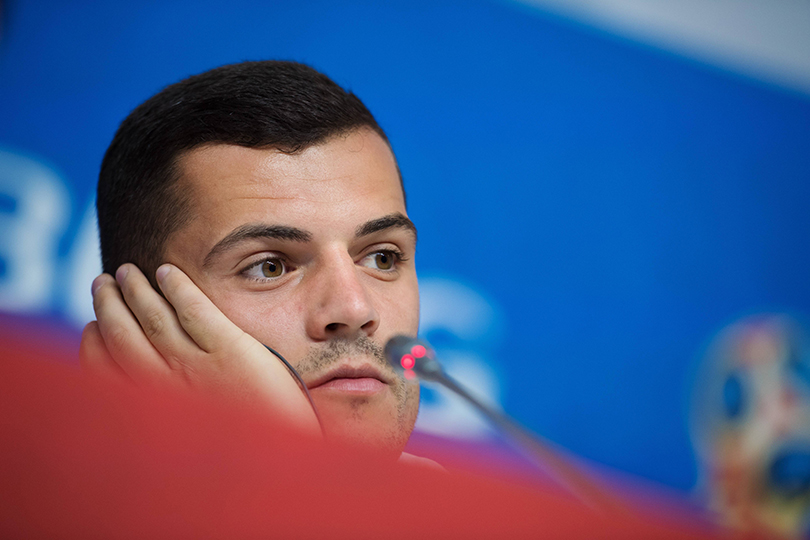
Before he left London, the Gunners midfielder’s house was fitted with hi-tech, slumber-friendly light bulbs and a brand new mattress, while he was also given special glasses that allowed him to look at electronic devices without his eyes being hit with stimulating blue light.
At bedtime, Xhaka slipped into something a little more comfortable: a $200 set of pyjamas, and sheets with ceramic woven into the fabric to regulate his body temperature. He also used a sound-blocking device to ensure he wasn’t woken from his slumber, and a sleep monitor recorded the quality of his kip. His habits rubbed off on his Swiss room-mate, Ricardo Rodriguez, who borrowed a pair of his sleep specs during the World Cup.
Aguer-oh, no
Yet being back home, tucked up in a king-size four-poster, doesn’t guarantee that a footballer will sleep like a log. Sergio Aguero’s stocky frame and thick thighs were keeping him awake, until Manchester City called Littlehales in 2014 to ask for the Pallister treatment.
“Aguero was struggling to put his thighs together when he slept on one side, and thought it could be the cause of his hamstring injuries,” Littlehales tells FFT. “His body position was wrong when he went to bed, which was affecting his sleep.”
There was a second problem: “His bed was a fancy leather thing but the mattress was crap.” Littlehales prescribed a slimmer type, designed for his height and weight, and thinner pillows, which aligned his neck and spine.
Littlehales realised Aguero’s fitful sleep was also the product of living a South American lifestyle in Manchester. “The temperature in his property was 16 to 18 degrees at all times,” he explains. “That’s perfect for nodding off, but he often wasn’t eating until about 11pm at night, which is normal in Argentina and Spain but not ideal when you have to be up for training first thing in the morning.”
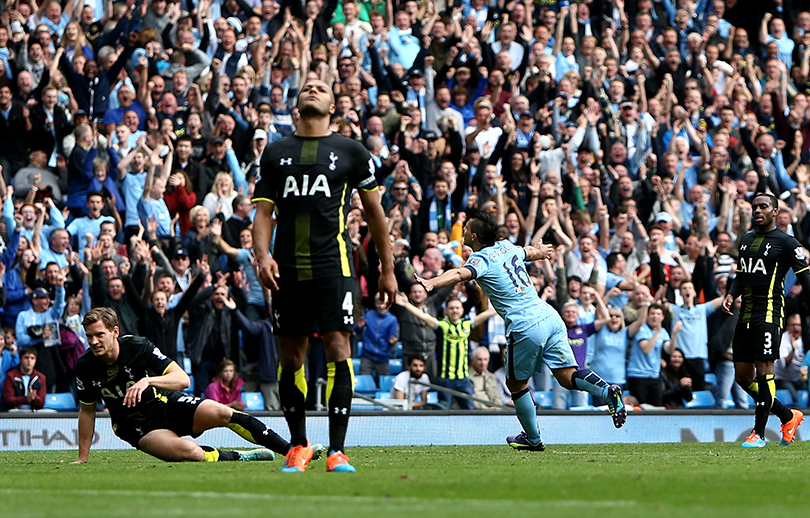
Furthermore, genetics were responsible for the striker’s hatred of early starts. “Every human has a specific chronotype, which means they’re either a morning or a night person; an owl or a lark,” adds Littlehales. “Aguero hates early mornings and would rather train in the afternoon if he had the choice.”
A 90-minute mid-afternoon nap helped the striker to catch up on his Zs and reduced the pressure on him to cram all of his rest into one sleep window. A week after linking up with Littlehales, Aguero scored four goals against Spurs.
Snoring Milner
Another client at Manchester City was James Milner, who was finding it difficult to switch off after Champions League games. “James would play at 7.45pm and not get back until about 1am, and he’d still be wired from the game,” says Littlehales. “He would end up staying downstairs, playing on his Xbox until the early hours. He’d get towards feeling knackered enough and fall asleep on the sofa or go to bed. There’d be no training the following day, so he’d be waking up mid-morning, which meant he was completely out of sync.”
The solution was to move his sleep time to 2am on Champions League nights and to stick to his usual 6.30am rise. “Humans sleep in cycles of 90 minutes, so he was getting three in before he woke up. If he was still tired, he could top up with a nap between either 1pm and 3pm or 5pm and 7pm, when the body’s energy levels dip. This made sure he wasn’t fatigued, and also kept to his normal wake-up routine.”
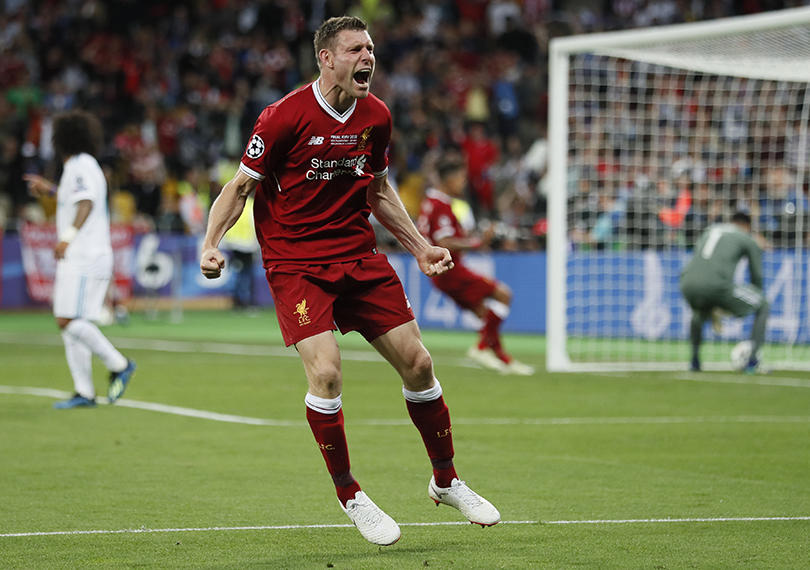
Investing in resting is also helping smaller clubs to sleep their way to the top. Last season, Bournemouth gaffer Eddie Howe asked Dr Rob Daniel for help. “Sleep is such an underrated recovery tool,” said Howe. “We have all been given sleep specs to wear for bed – I’ve been wearing them and it helped me sleep better.”
Brentford, with one of the smallest budgets in the Championship, linked up with American company Whoop, who supply cutting-edge wrist trackers to professional athletes to measure sleep quality. “Our philosophy is maximising what we do in areas which can give us big gains, and sleep is one of them,” the club’s head of performance, Chris Haslam, tells FFT. “Players are more compliant in training, analysis sessions and gym sessions. They’re sharper; they’re brighter. And if you do that over a period of time, you develop them in a better way than those who aren’t getting the necessary rest and recovery.”
Raheem’s request
Attitudes towards sleep are steadily changing in sport. Paul Winsper, Under Armour’s vice-president for athlete performance, used to work for several Premier League clubs and has outlined the rationale behind the brand’s experiment with Xhaka.
“We treat our athletes like patients,” he revealed. “We’re educating them about the importance of having a regular bedtime. They need to understand that recovery is just as important as their training.”
Littlehales believes that Raheem Sterling’s request to be rested on international duty three years ago was a big moment for the sleep movement. “He told Roy Hodgson that he was knackered and people criticised him for that, but they are now beginning to realise the impact of sleep on performance,” he explains. “Being tired and getting by on only six hours’ sleep used to be a badge of honour, but we have studies that show the dangers of sleep deprivation. Players have to be educated on that. It’s OK to be tired, but let’s try to fix it.”
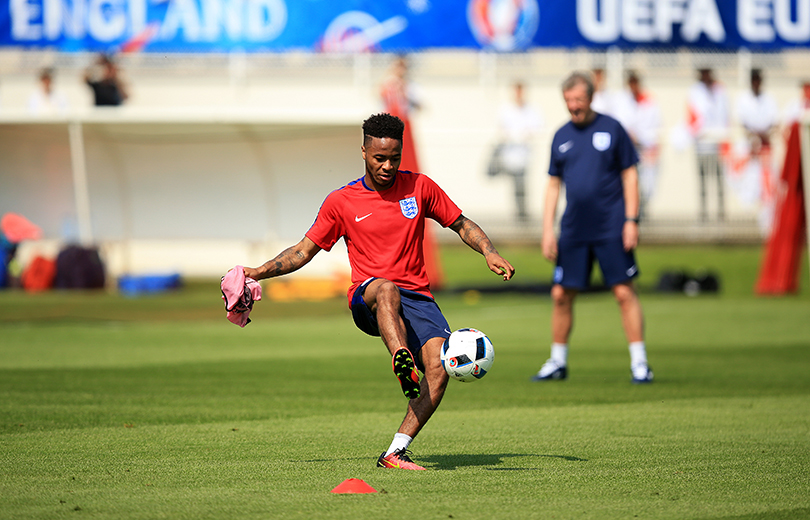
Under Garry Monk, Swansea introduced 30 inflatable napping pods for players to snooze in between double sessions, and sleep was a key consideration during construction of Manchester City’s cutting-edge training facility. Their 32 ensuite bedrooms were decorated with light green wallpaper featuring ever-decreasing circles, designed to help players drift off. Mattress firm Simba made an aeroplane seat/bed hybrid to help Gareth Bale kip on the 35 flights he averages each year. Various tools let him adjust position to ease pressure on his spine and monitor noise, temperature, light, humidity and air particles.
For the converted, it’s paying off. “My sleep is more intense and a lot deeper,” said Xhaka, already reaping the benefits. “I’ve noticed that I now wake up a lot calmer, and I don’t use my phone until I leave the house in the morning.”
At the World Cup, he scored a superb goal in a 2-1 win over Serbia as Switzerland reached the last 16. Mexico also impressed before being knocked out in the same round by Brazil. Bournemouth secured a fourth consecutive season of Premier League football, ending 2017/18 in 12th, while Brentford punched above their financial weight with a 9th-placed finish. Bale’s campaign concluded by scoring twice in Madrid’s Champions League final win against a Liverpool side featuring Milner, who made 47 appearances in all competitions.
As for Pallister, his new Slumberland mattress didn’t, in fact, cure his dodgy back. But at least he slept soundly on it.
This feature originally appeared in the September 2018 issue of FourFourTwo. Subscribe!
